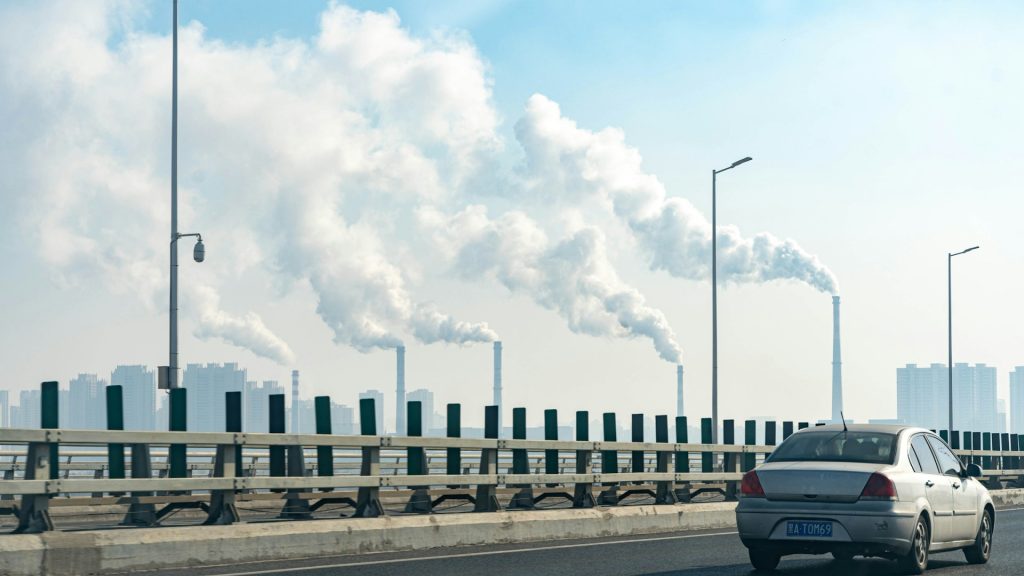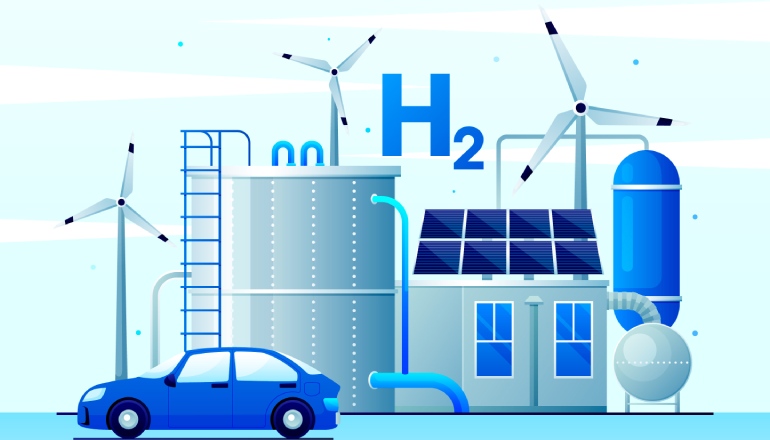Carbon regulation in India has entered a new phase with the notification of the first legally binding Greenhouse Gas Emission Intensity (GEI) Target Rules, 2025. Through this decisive step, the country is tightening its climate governance across four high-emission sectors—aluminum, cement, chlor-alkali, and pulp & paper.
The new policy was notified by the Ministry of Environment, Forest and Climate Change (MoEFCC) on October 8, 2025. It operationalized a key component of the Carbon Credit Trading Scheme (CCTS), 2023, which aims to establish a robust domestic carbon market. And also drive the country’s transition toward a low-carbon economy.
Key Provisions
- The GEI Target Rules apply to 282 large industrial units, comprising 186 cement, 13 aluminium, 30 chlor-alkali, and 53 pulp & paper facilities.
- These units must achieve prescribed GEI reductions—defined as tonnes of carbon dioxide equivalent (tCO₂e) emitted per unit of product output—over FY 2025–26 and FY 2026–27.
- The Bureau of Energy Efficiency (BEE) will oversee the issuance of carbon credit certificates to industries achieving or surpassing their emission targets. Non-compliance will attract environmental compensation as enforced by the Central Pollution Control Board (CPCB).
Market Mechanism
The Rules directly integrate industrial emissions management with national carbon market architecture under CCTS 2023—a framework designed to facilitate carbon credit trading and incentivize measurable emission reductions.
- Entities exceeding their emission targets will earn tradable carbon credits.
- Underperforming entities will be required to purchase credits or compensate for the shortfall through penalty mechanisms.
- This approach aligns with global carbon pricing frameworks, enabling progressive decarbonization while maintaining industrial competitiveness.
Sectoral Impact and Targets
According to Down to Earth analysis, the prescribed reductions for 2025–26 are modest—2–3% on average, ramping up to as high as 7.5% by 2026–27.
Sector-specific reductions include:
Cement: Ordinary Portland cement units are expected to cut emissions between 4.7%–7.6% over two years.
Pulp and Paper: Emission intensity cuts could reach up to 15% by 2026–27.
Prominent corporates with assigned targets include Vedanta, Hindalco, Bharat Aluminium Company (BALCO), JSW Cement, Ultratech Cement, NALCO, JK Cement, Dalmia Cement, Shree Cement, Grasim Industries, and JK Paper.
Policy Context
The GEI Rules strengthen India’s institutional mechanisms for carbon management, building on earlier performance-linked efficiency frameworks like the Perform, Achieve and Trade (PAT) Scheme, introduced in 2012. While PAT improved industrial energy efficiency, it lacked a domestic market for tradable carbon instruments—a gap now filled by CCTS and GEI Target.
This regulatory advancement aligns with India’s Nationally Determined Contributions (NDCs) under the Paris Agreement (2015), where the country has committed to bring down emissions intensity of its GDP by 45% by 2030, compared to 2005 levels.
The notification marks a pivotal policy shift from voluntary efficiency measures to binding emission intensity targets, setting a precedent for expanded regulatory coverage across other carbon-intensive industries such as steel and petrochemicals.













